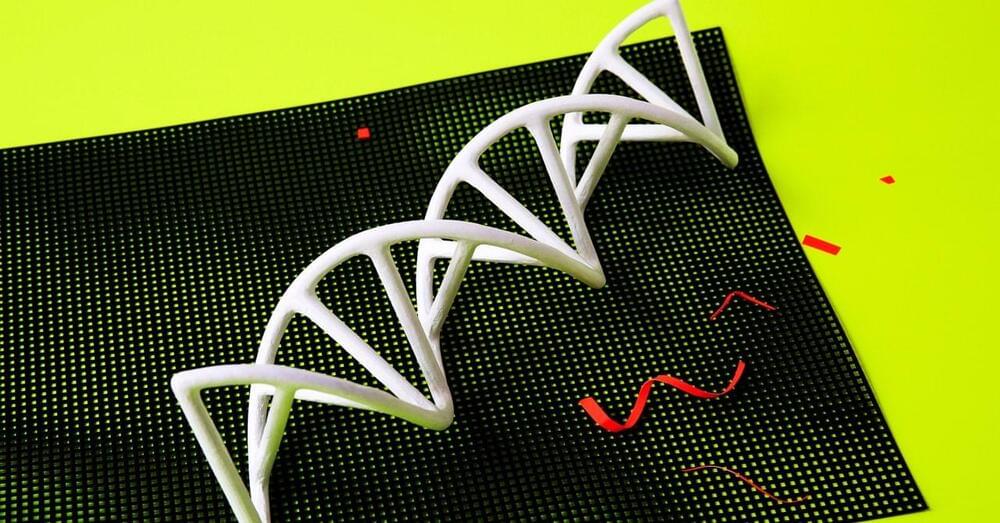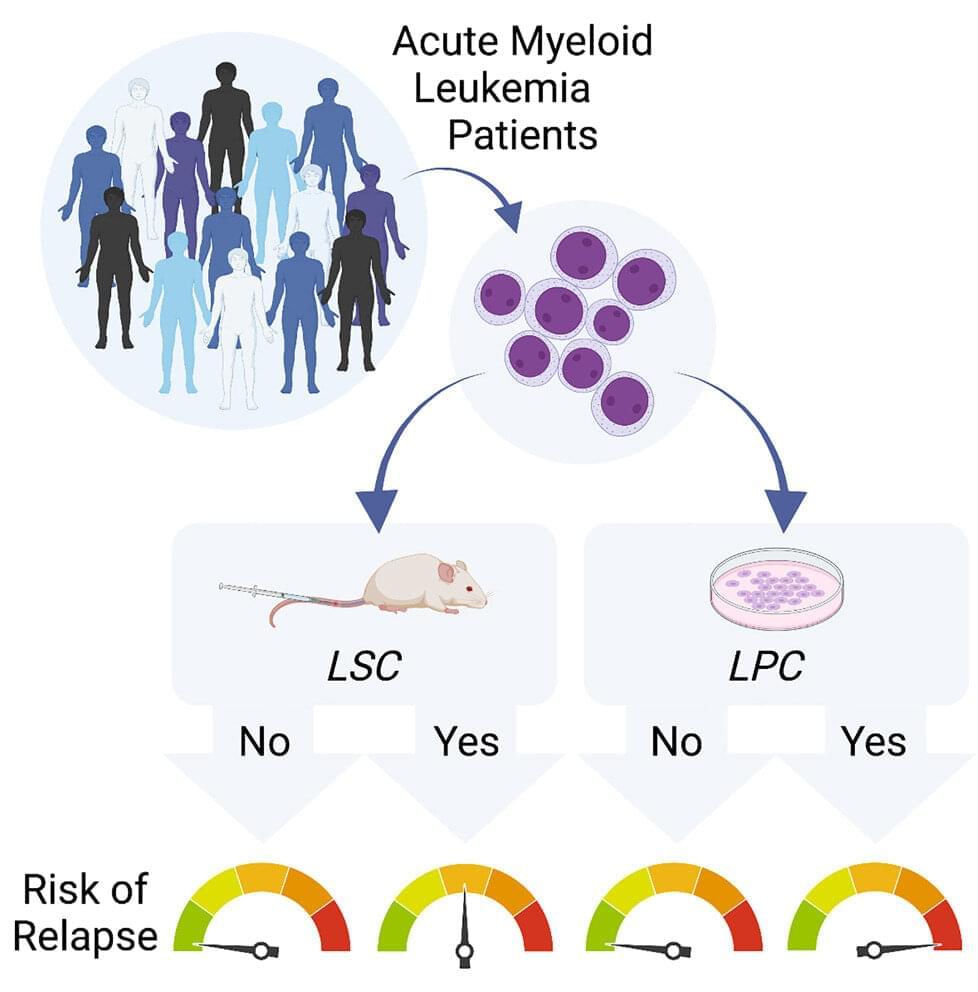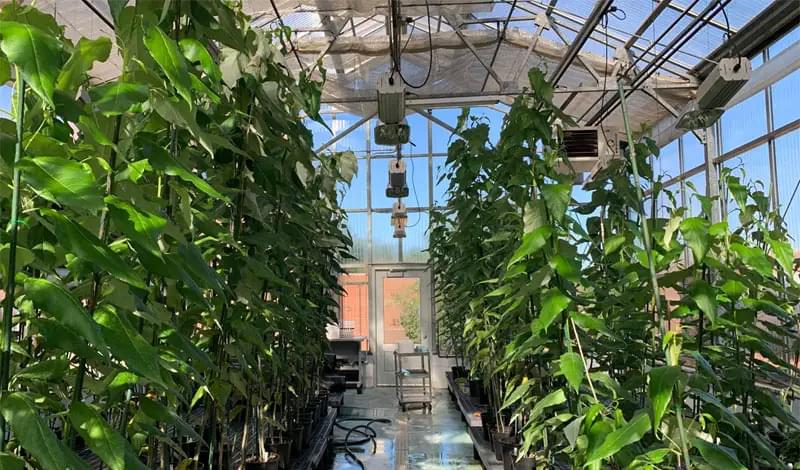Specific nerves may be stimulated artificially, for example to treat pain. The finer the nerves, the more difficult it is to attach the required electrodes. Researchers at the Technical University of Munich (TUM) and NTT Research have now developed flexible electrodes produced with 4D printing technology. On contact with moisture, they automatically fold and wrap themselves around thin nerves. The study is published in the journal Advanced Materials.
The nervous system controls our movements through electrical impulses. These pass from nerve cell to nerve cell until finally, for example, a muscle contraction is triggered. Nerve cells can also be stimulated artificially, triggering the nerves with current pulses via acutely applied or implanted electrodes. Peripheral nerve stimulation is used, for example, to treat chronic pain or sleep apnea.
Furthermore, there are clinical applications for stimulating the vagus nerve to treat for depression and epilepsy. With a diameter of several millimeters, this nerve is relatively thick.







